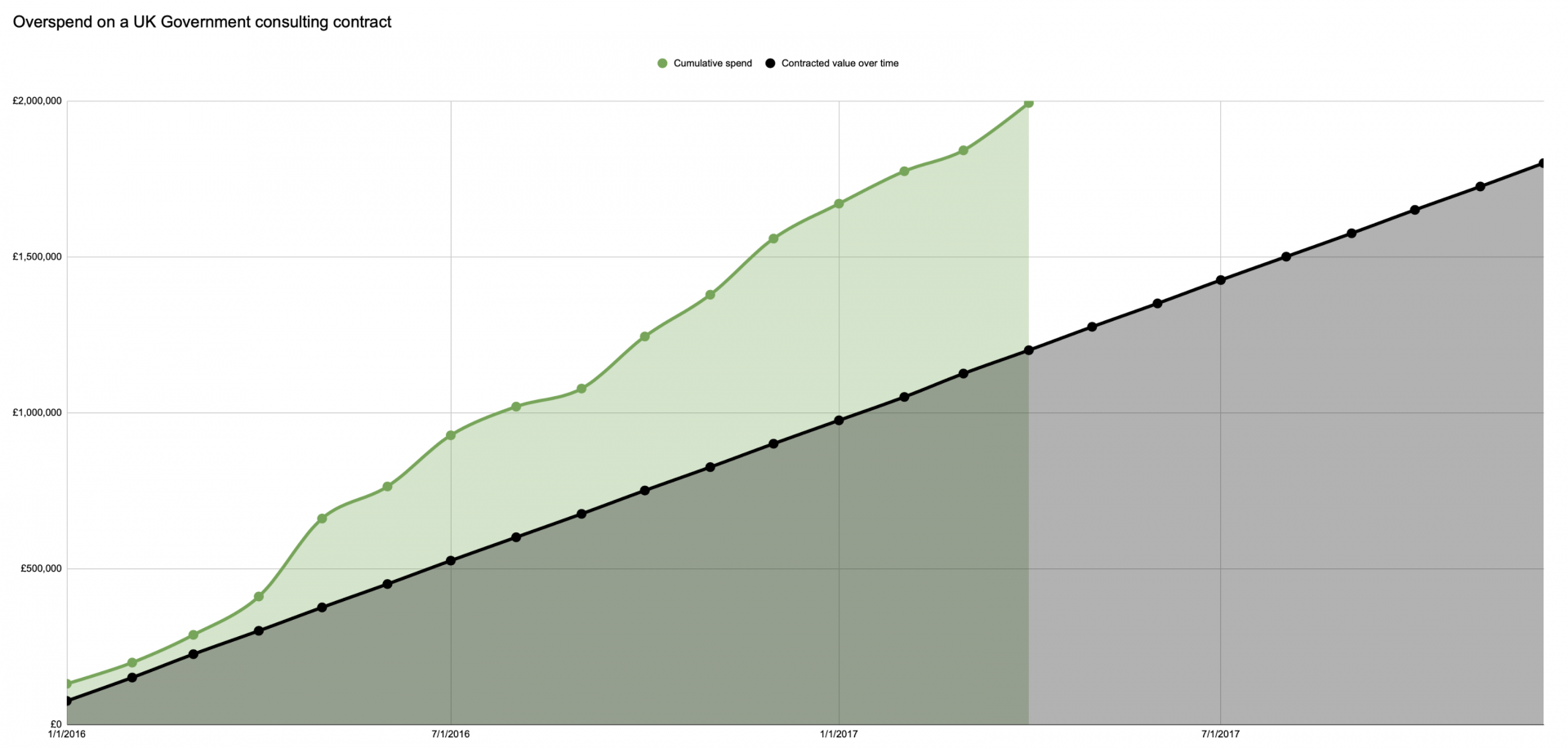The Case For Using Data In Public Procurement

Our current model of procurement uses data for limited purposes. The primary analysis conducted by procurement teams is spend analysis, where buyers seek to identify opportunities for aggregating demand. Aggregation is where a buyer purchases more goods or services from a single supplier in order to achieve price reductions. In the public sector, spend analysis typically seeks to analyse the amount of spend that different organisations place with different suppliers in a given category (e.g. consulting) with the ambition of placing more spend with one or two suppliers. In sophisticated projects, the analysis will be more fine-grained and will look at specific goods or services being bought, so that the aggregation can be more specific to buyer’s needs.
Most procurement teams also conduct some level of ‘pipeline’ analysis in order to plan activity based on the upcoming end dates of contracts. In both cases, the analysis is valid and useful analysis, designed to deliver more effective procurement. However, this work is limited and fails to exploit the potential in most of the procurement data available, especially where that data is shared amongst multiple agencies.
Better use of data, combined with new analysis techniques, including machine learning and natural language processing can provide new insights into the activities of procurement teams and their suppliers. The following analyses should be considered as part of a Government wide programme:
- Counter fraud – analysis of spending and beneficiaries to identify conflict of interest, cartels and anti-competitive behaviours.
- Performance analysis – monitoring of both buyers and suppliers to determine whether their contracting activity is competitive and leads to good outcomes.
- Value for money – each contract should be continuously monitored for overspend and value for money, allowing buyers to intervene during contracts to prevent losses.
- Growth options – spending public money on businesses and services that will deliver growth is critical to post Covid-19 recovery.
- Carbon reduction – around 10% – 15% of GDP comes from public contracting so it is vital that the carbon output of contracting is considered.
- Risk analysis – Covid-19 has shown how vulnerable our supply chains are, we need to understand how to secure supply chains and protect vital services in the future.



